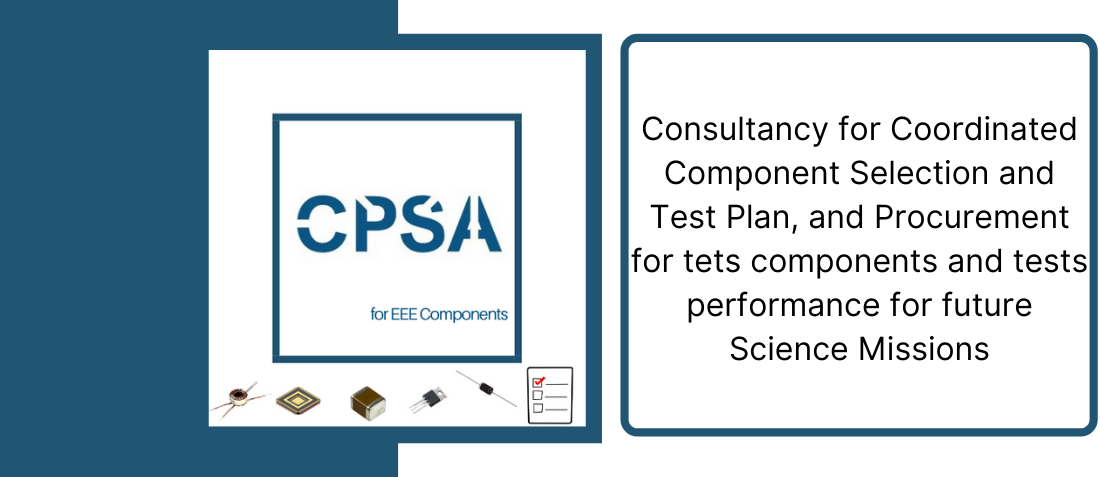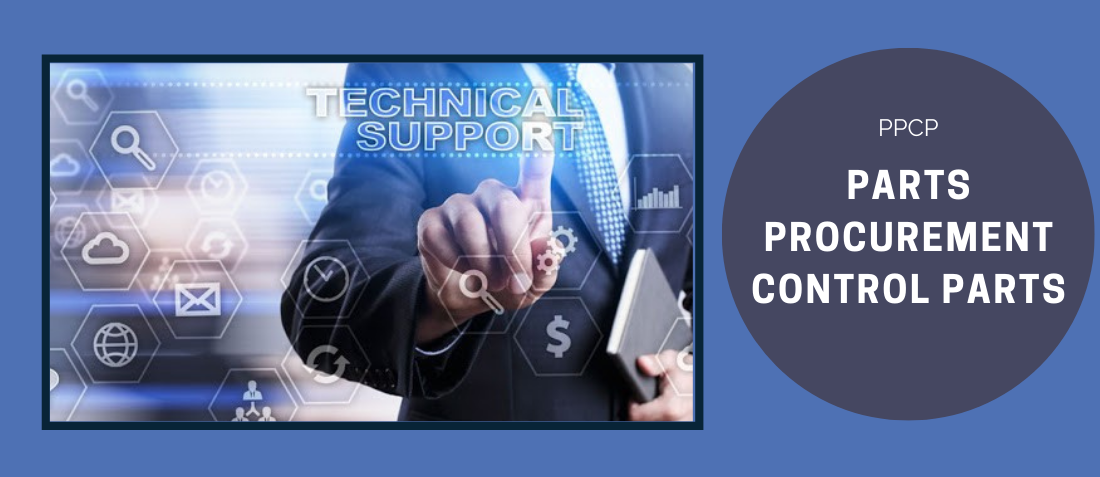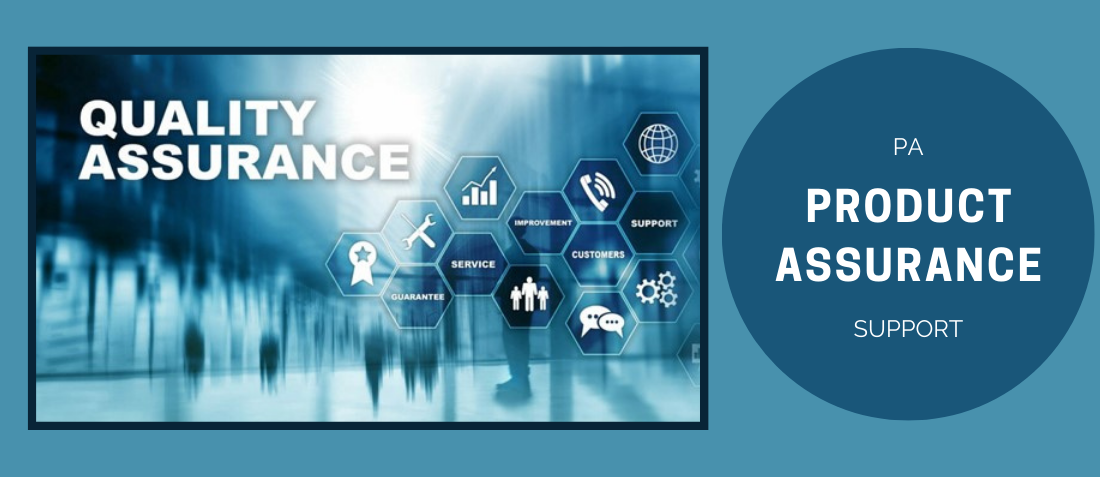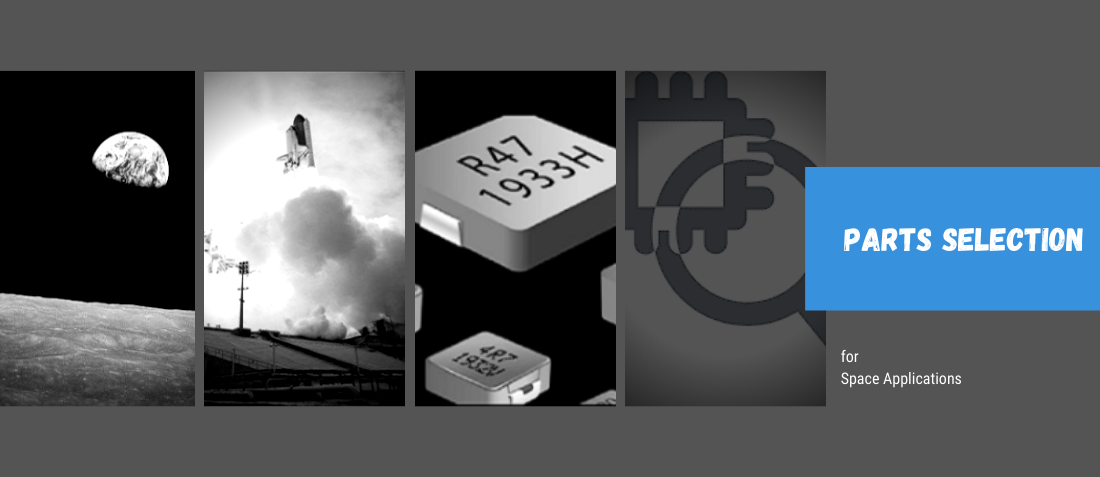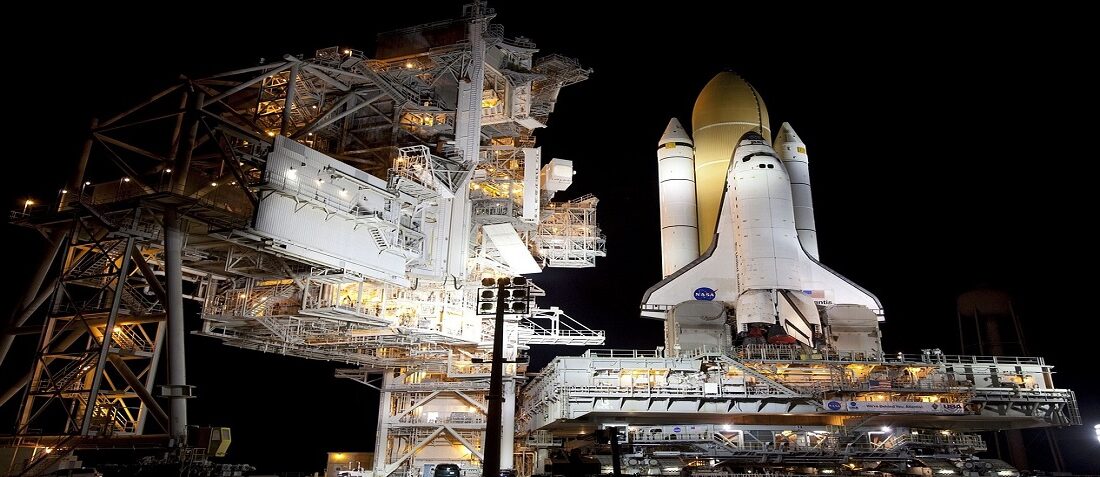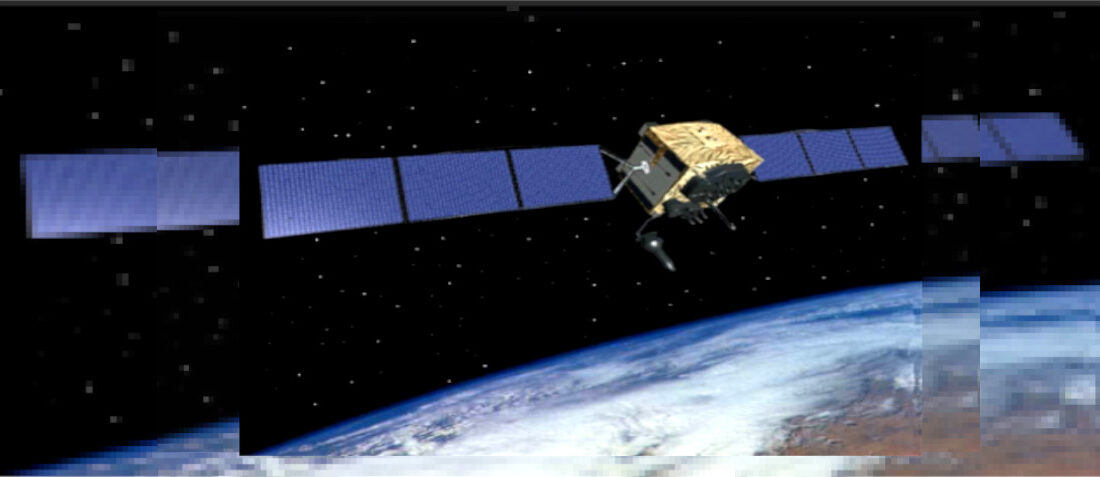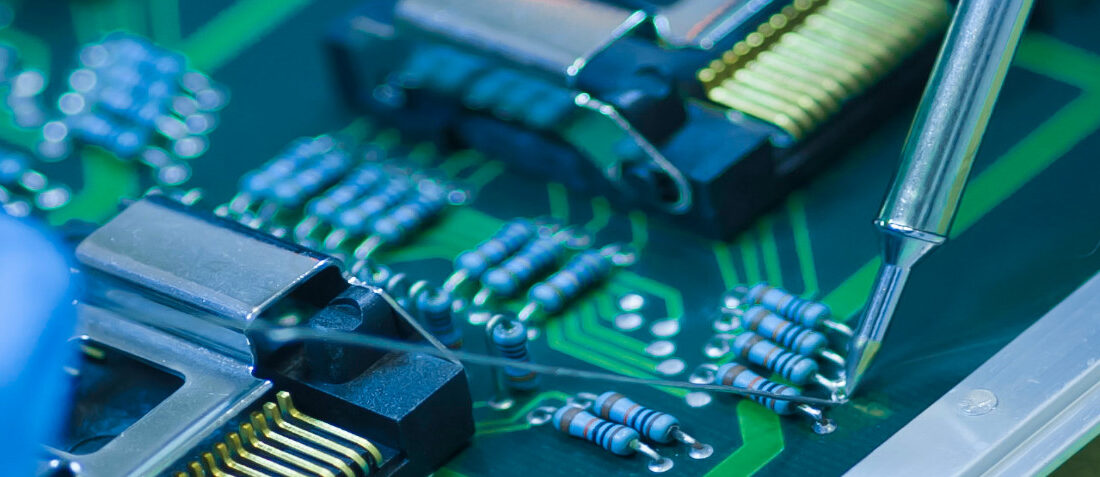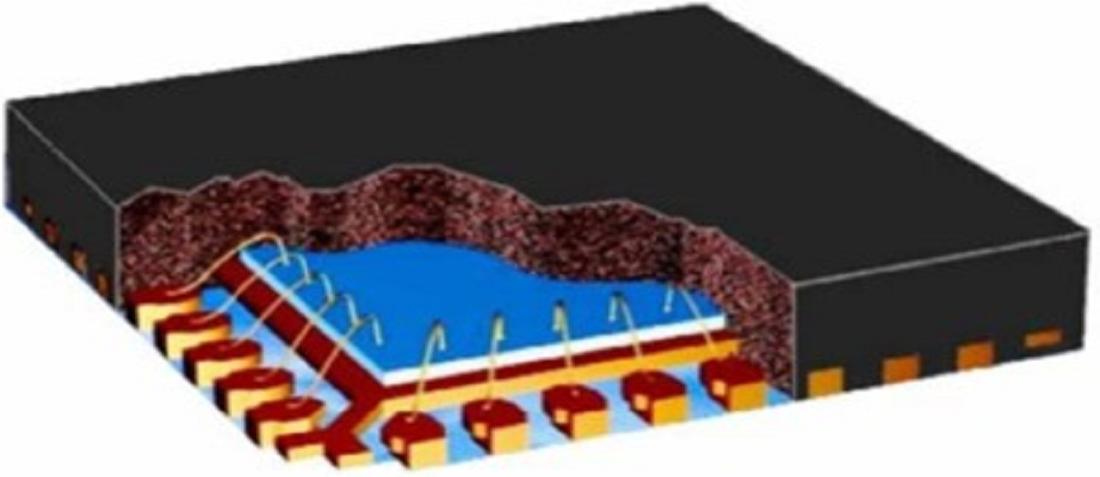CPSA – Scientific Payload Instruments Consultancy Platform
- Posted by Paloma Serrano
- On November 3, 2020
- 0
The CPSA is a project supported by Alter Technology to provide Consultancy services related to EEE parts during the early phase of space missions covered by the ESA Science Programme. At this stage, the definition of technical aspects and requirements for the different instruments is still taking place, and it is the best moment for EEE part selection and assessment according to mission requirements.

